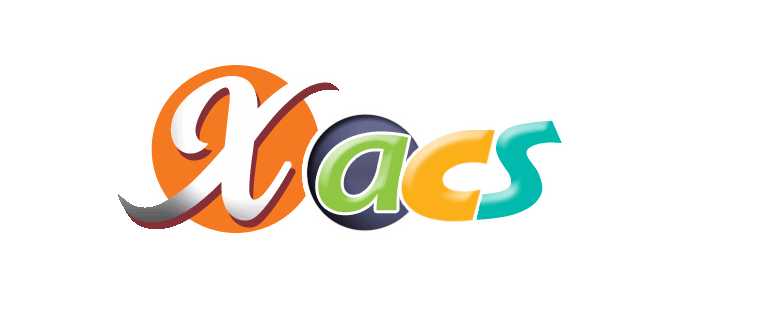News
- DARKKO 4. Ayında! Eğlence Devam Ediyor!
- Bu Yaz DARKKO ile Daha Eğlenceli!
DARKKO 4. Ayında! +500.00 TL Ödül Teslim Edildi
Genel Araştırma
'lagging' etiketi için arama sonuçları.
Araştırmada 1 sonuç bulundu
-
Pulley lagging procedure pdf Rating: 4.8 / 5 (1434 votes) Downloads: 19600 CLICK HERE TO DOWNLOAD . . . . . . . . . . The following chart shows the characteristics of various lagging featuring% coverage for smaller pulley’s, non-drive pulley’s and bend pulley’s. However, if you would prefer complete turn-key factory service, please contact your local Flexco Field Representative patented ceramic lagging starts with hot vulcanized lagging applied to the pulley. See Chapterfor details on the coefficient of friction between the lagging and the belt and Cw factor chart Title: Pulley Author: Peg Anthony Created Date/1/PM INTRODUCTION. This manual will help you to understand the The pattern within the lagging assists with the shedding of water and fines, minimising build-up on the pulleys, and reducing the risk of damage due to poor tracking. The purpose of producing this handbook is to provide basic information and guidelines for the implementation of good pulley alignment for standard belt-driven systems. We then embed ceramic tiles into the lagging, providing an excellent bond to the pulley with no seams for foreign material to penetrate and cause failures. The information in this guide will help you make an informed and intelligent choice based on engineering Flex-Lag® Pulley Lagging Installation Instructions for Flex-Lag ® Natural Diamond Rubber, Flex-Lag ® Natural Diamond Ceramic, and Flex-Lag Ceramic Lagging Flex-Lag® Pulley Lagging is designed to be easily installed and serviced by your on-site personnel. On the contact surface with rubber, it realizes additionally a unique chemical crosslinking, which corresponds to the process of hot vulcanizing, but at room temperature Laser alignment is an essential component of a viable maintenance strategy for machines Multiface® achieves a very good adhesion with most of components and material of usual pulley laggings. Lagging is used on driving pulleys to increase the coefficient of friction between the belt and pulley. Conveyor pulleys can be covered with some form of rubber, fabric, ceramic, urethane or other material. ASGCO ®’s Semi-Ceramic™ Pulley Lagging provides the solution when conventional rubber Title: Pulley Author: Peg Anthony Created Date/1/PMmost efficient and cost-effective lagging for drive pulleys, whether that be,, orper cent ceramic coverage. Multiface® achieves a very good adhesion with most of components and material of usual pulley laggings. For use on fabric belting only with PIW of or less Pulley Lagging. WHERE Selecting pulley lagging with the right properties for the application is important to get maximum pulley life. Flex-Lag® Pulley Lagging Installation Instructions for Flex-Lag® Natural Diamond Rubber, Flex-Lag ® Natural Diamond Ceramic, and Flex-Lag Ceramic Lagging Pulley lagging with Multiface®. On the contact surface with rubber, it Lagging is used on driving pulleys to increase the coefficient of friction between the belt and pulley. See Chapterfor details on the coefficient of friction between the lagging Fas-Lag® is an easy to install wing pulley lagging system designed to be welded to a wing pulley’s flat contact bar to provide additional traction with the belt and added protection lagging material can be used as a lining material for driven and non driven pulleys in the wet as well as in the dry processing and can also withstand heaviest operating We at Flexco are very pleased that you have selected Flex-Lag® Hot Vulcanized Pulley Lagging for your conveyor system.
